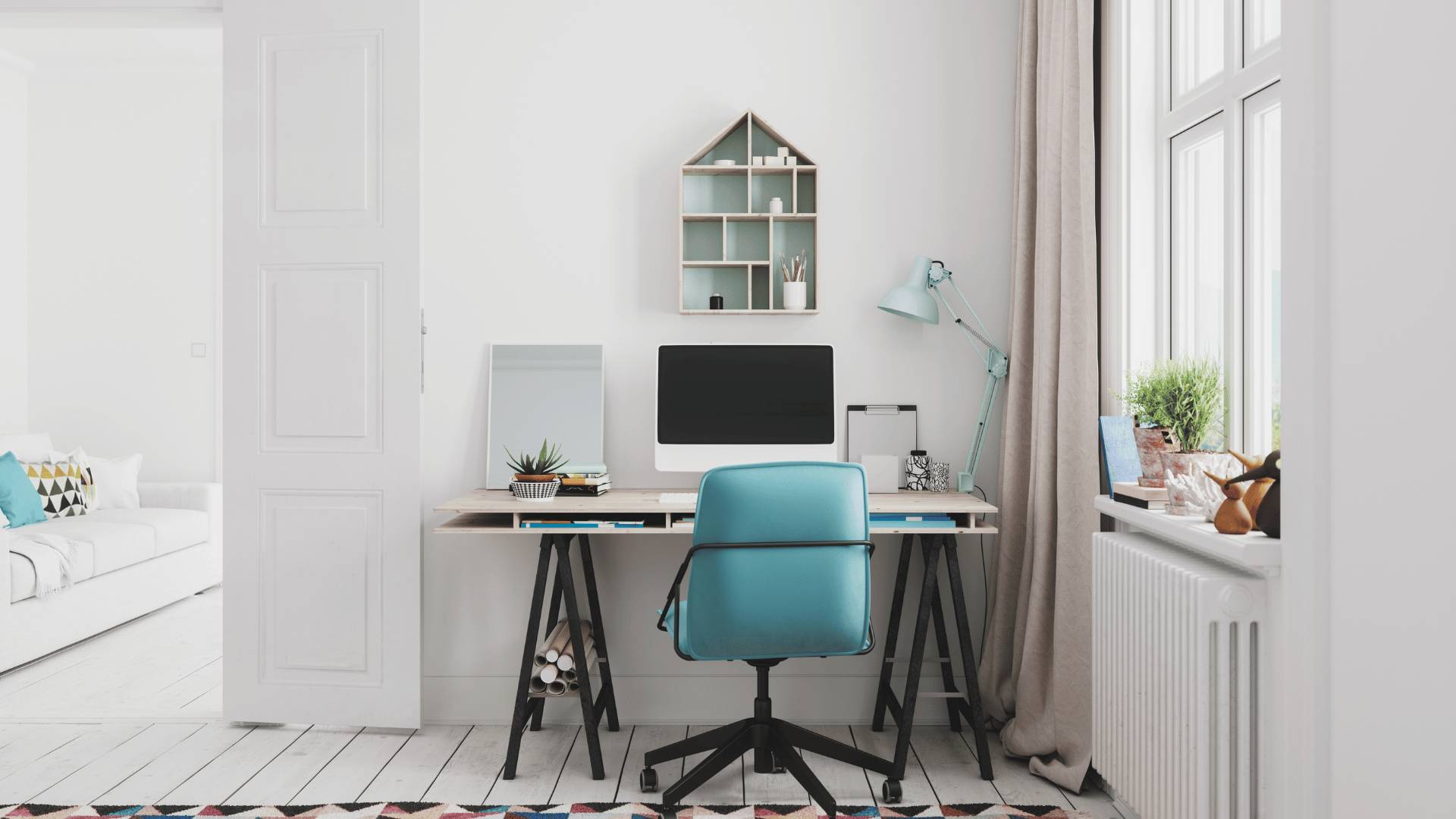In the ever-evolving landscape of remote work, a well-designed home office setup is essential for maximizing productivity and comfort. The focus remains on key elements such as webcams, desks, chairs, and more to create an ergonomic and efficient workspace.
When it comes to webcams, investing in high-quality options with features like HD resolution and built-in microphones can significantly enhance the quality of virtual meetings and video calls, ensuring clear communication with colleagues and clients.
Desks play a pivotal role in the home office setup, with standing desks gaining popularity for their ability to promote movement and reduce sedentary behavior. Paired with ergonomic chairs that provide ample support and adjustability, they help maintain proper posture and alleviate strain during long work hours.
Additionally, accessories such as laptop stands and wireless keyboards contribute to a more comfortable and versatile setup, allowing users to customize their workspace to suit their individual needs.
Furthermore, optimizing lighting with desk lamps or ambient lighting solutions can reduce eye strain and create a conducive environment for focused work.
Cable management systems also play a crucial role in maintaining a clutter-free workspace, improving aesthetics, and reducing the risk of tripping hazards.
Overall, by prioritizing these key components and incorporating them into a thoughtfully designed home office setup, remote workers can optimize their environment for productivity, comfort, and overall well-being.
Common Characteristics of the Best Work-from-Home Tools
The best work-from-home tools share several common characteristics that contribute to their effectiveness in facilitating remote work. Firstly, they prioritize accessibility and ease of use, ensuring that remote employees can seamlessly integrate them into their daily workflows without extensive training or technical expertise.
Additionally, these tools often offer robust collaboration features, allowing team members to communicate, share files, and collaborate on projects in real time, regardless of their physical location. Moreover, they prioritize security and privacy, implementing measures to protect sensitive data and ensure compliance with regulations.
Another key characteristic is scalability, as the best tools can adapt to the changing needs and growing size of remote teams without sacrificing performance or functionality. Furthermore, they often provide comprehensive analytics and reporting capabilities, allowing managers to track progress, measure productivity, and identify areas for improvement.
Finally, the best work-from-home tools prioritize integration with other commonly used platforms and applications, enabling seamless connectivity and workflow automation across various tools and systems. Overall, these characteristics combine to create a suite of tools that empower remote employees to work efficiently, collaborate effectively, and achieve their goals from anywhere.
Work-from-home essentials
In today's landscape, remote work has become more than just a trend, it's a necessity. With the rise of remote employees, having a well-equipped home office setup is crucial for productivity and efficiency. Let's delve into the essential elements that make remote work seamless and effective. Ensuring that your home office setup is optimized is key. A comfortable office chair and ergonomic chair are essential for maintaining good posture during those long working hours. Pairing them with a standing desk can also provide flexibility and promote movement throughout the day, combating the sedentary lifestyle often associated with remote work.
A laptop stand is another handy accessory that helps elevate your laptop screen to eye level, reducing strain on your neck and back. Coupled with a wireless mouse and keyboard, it allows for greater freedom of movement and enhances your overall workspace ergonomics. When it comes to communication, video calls, and conference calls are the lifelines of remote teams. Platforms like Microsoft Teams and Zoom Meetings enable users to connect seamlessly, fostering collaboration and maintaining a sense of camaraderie among team members, even if they are not in the same space or room.
Project management tools play a vital role in keeping remote teams organized and on track. They allow teams to manage tasks efficiently, track progress, and ensure that all the tasks are completed within the designated working hours. Utilizing tools like Asana or Trello helps streamline workflows and enhance productivity. Collaboration tools facilitate virtual meetings and enable real-time collaboration on documents and projects. They allow team members to work together seamlessly, regardless of their physical location. Pairing these tools with a reliable internet connection and a sound system setup ensures smooth communication and minimizes disruptions during virtual meetings.
Work-related tools and creating a conducive work environment are essential for remote work. Installing a nightlight or using monitor speakers helps reduce eye strain and minimize exposure to blue light, especially when working late hours across different time zones. Managing distractions is also crucial for maintaining focus and productivity while working remotely. Implementing strategies such as using a time-tracking tool, creating a to-do list, and minimizing background noise can significantly improve work-life balance and overall efficiency.
Having the right technology and accessories can make all the difference in your remote work setup. From reliable storage solutions to third-party apps for enhanced functionality, ensuring that you have the necessary tools at your disposal empowers you to work efficiently from anywhere. Remote work offers unparalleled flexibility and freedom, but it requires careful planning and the right tools to be successful. By investing in a well-equipped home office setup, leveraging communication and collaboration tools, and prioritizing work-life balance, remote employees can thrive in today's dynamic work environment.
Standing desks have become increasingly popular in recent years due to their potential health benefits and flexibility in the workplace. These desks offer users the option to alternate between sitting and standing positions throughout the workday, promoting movement and reducing the negative effects of prolonged sitting. They are often adjustable, allowing users to customize the height according to their preferences and ergonomic needs. Standing desks can help alleviate issues such as back pain, improve posture, increase energy levels, and even boost productivity. Additionally, some studies suggest that using a standing desk may lower the risk of certain health conditions associated with a sedentary lifestyle, such as obesity, heart disease, and type 2 diabetes. However, it's essential for users to practice proper ergonomics and take regular breaks regardless of whether they are sitting or standing to avoid fatigue or strain. Overall, standing desks offer a versatile and health-conscious option for creating a more dynamic and comfortable workspace.







